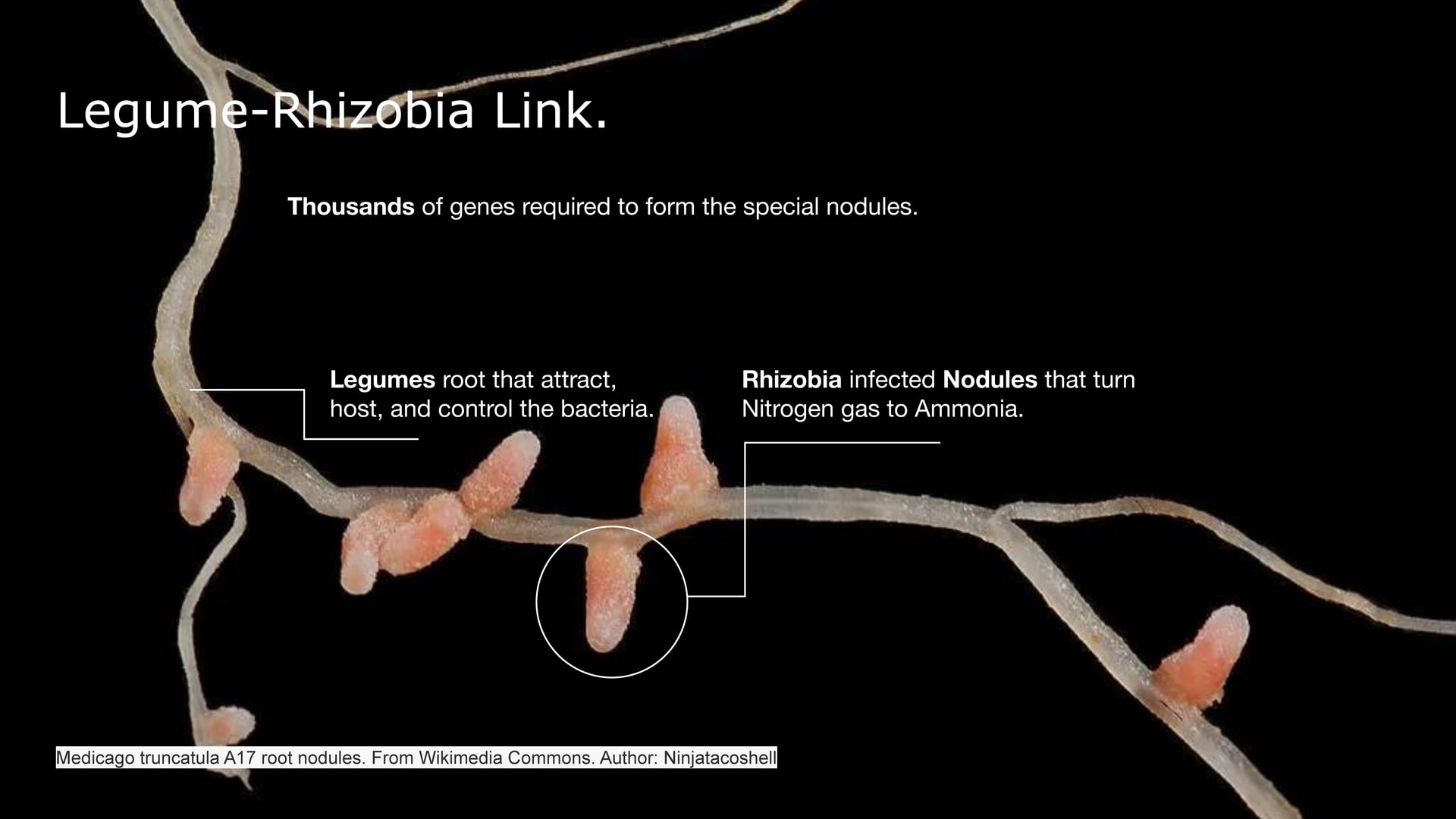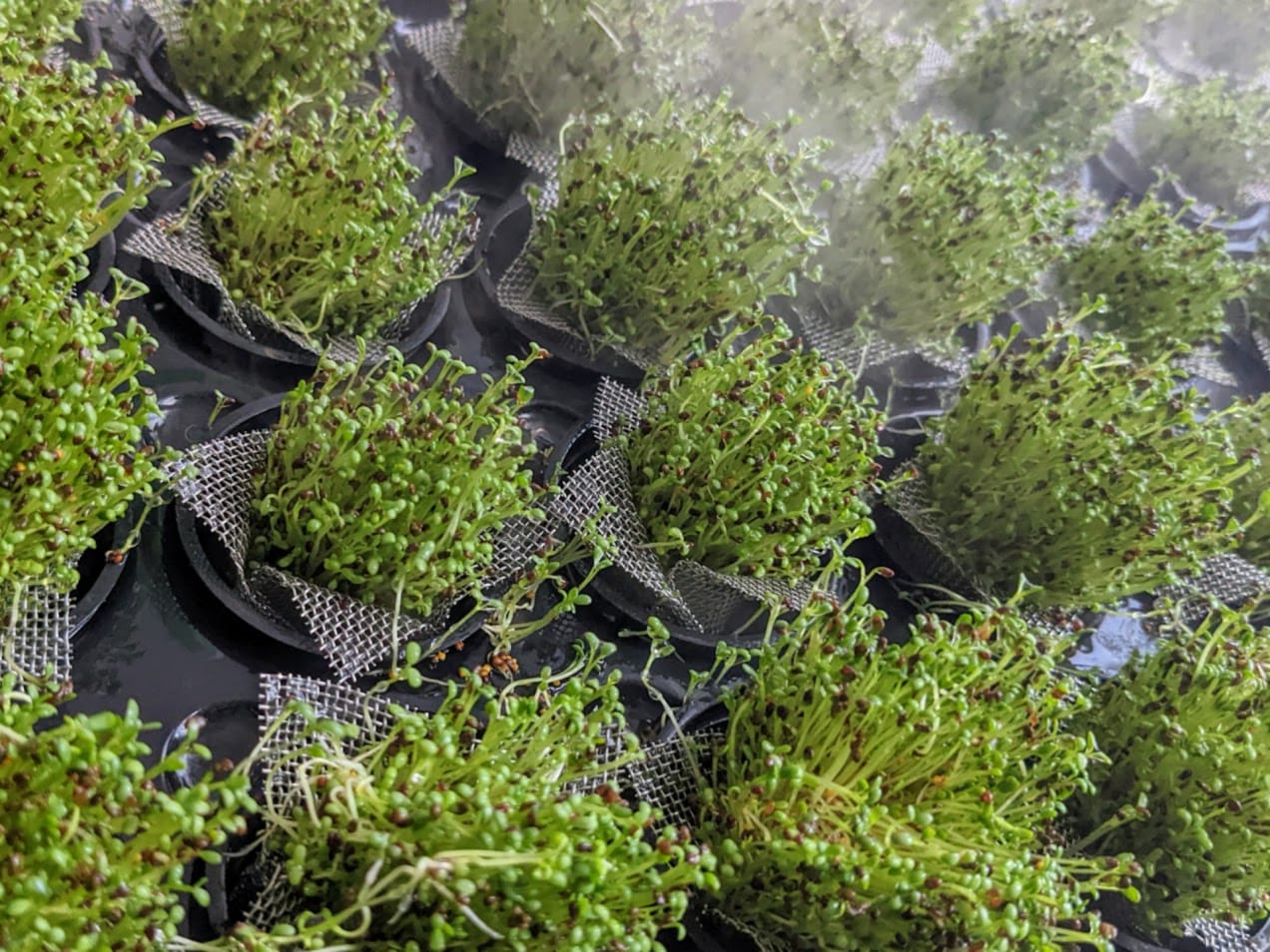Ammonia production has the highest emission out of any industrial chemicals. It creates 1% of the world's emissions and uses 80% of the natural gas we produce. But the use of ammonia is vital for modern agriculture as it is a key chemical for crop photosynthesis.
Nodulate explores a new method of ammonia production using the symbiosis of legumes and rhizobia. The organic material is grown quickly using aeroponic technology and will then be anaerobically digested, creating a new source of ammonia that is carbon negative and energy-efficient.




